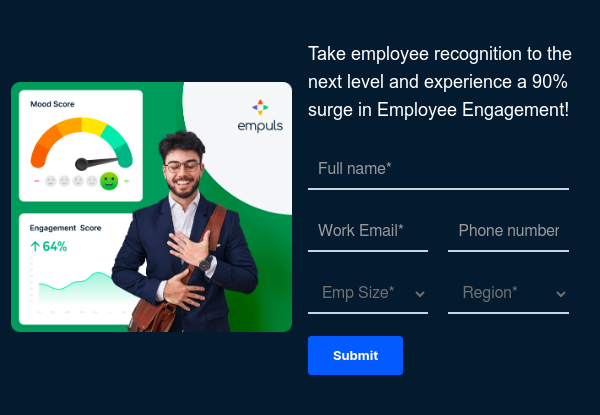What are the types of grievances in the workplace?
Grievances in a workplace can arise from various issues and can be categorized as follow:
- Biased behavior
- Lack of proper communication
- Payouts and perks
- Working time and conditions
- Bullying
- Leadership issues
1. Biased behavior: Grievances when the employee suspects differential behavior based on social factors, including disability, caste, or other protected characteristics.
2. Lack of proper communication: Facing incorporative behavior or support from co-workers and insufficient communication with the management can lead to frustration or self-doubt.
3. Payouts and perks: Not getting paid on time or enough to the potential is a legitimate grievance. Unpaid bonuses and other perks, or disputes over compensation policies and rest of the practices.
4. Working time and conditions: An employee may be unhappy regarding their weekly breaks or working on non-working days, not able to feel comfortable, which may affect their physical or mental health. Maybe employees are not able to make proper adjustments or feel sabotaged in the setup.
5. Bullying: Bullying constitutes insulting behavior, intimidating or superiors misusing their power through any means, such as undermining the employee or humiliating in the organizational setting. By these means, a hostile work environment can be creative, which can cause trouble for the other employees.
6. Leadership issues: Grievance includes managerial issues faced by the employees which includes being treated unfairly by the supervisors, being biased, lack of proper communication, not getting enough support from the managers and the guidance which is required by the employee.
























